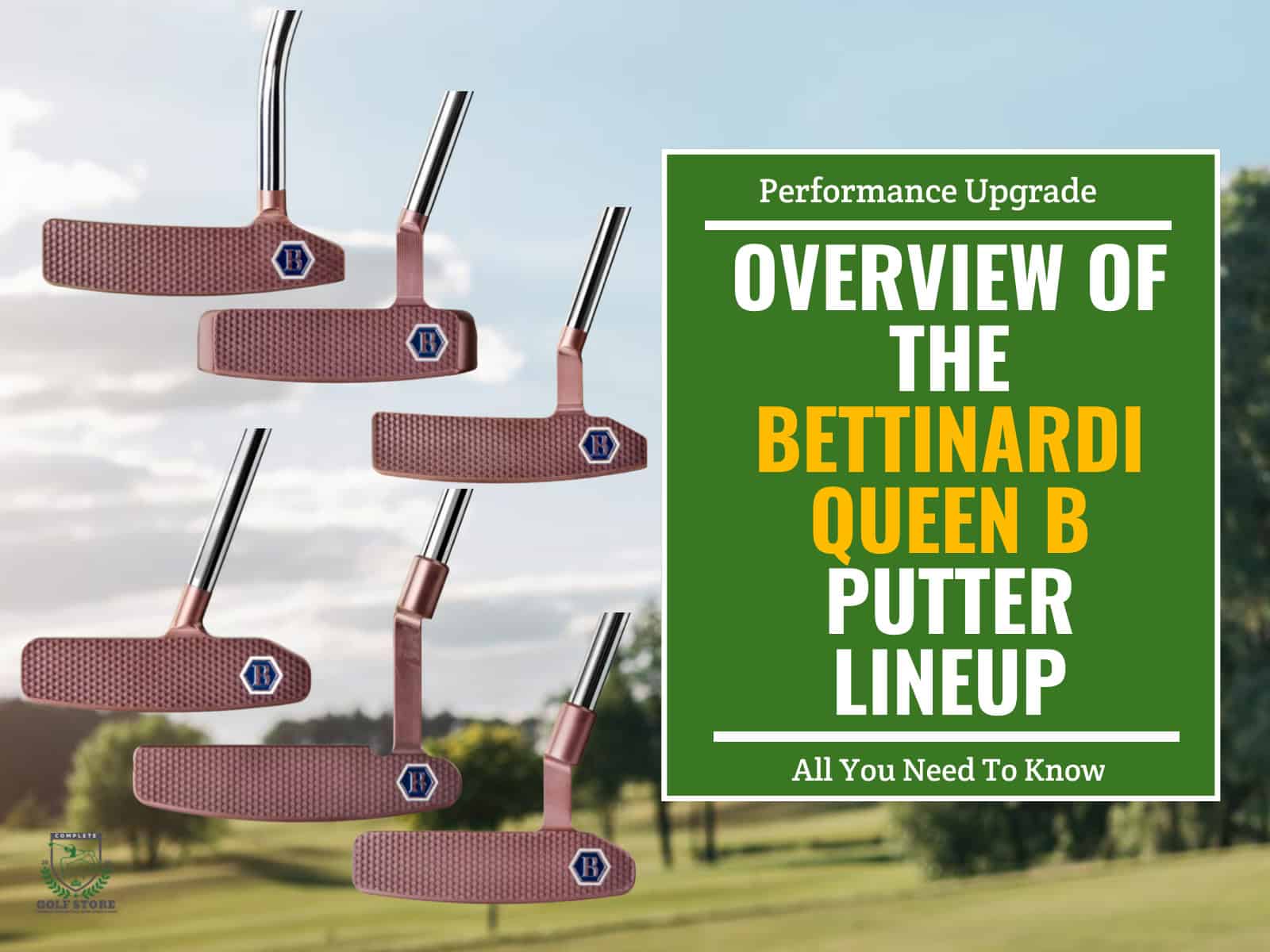Zero torque putters are shaking up the golf world in 2025. Designed to eliminate face twisting during the stroke, they help you stay square to the target and drain more putts with confidence. If you’ve struggled with mishits or shaky short-range putts, this tech could be your savior.
More players, pros and amateurs alike, are turning to models from L.A.B. Golf, Odyssey and others for greater consistency and forgiveness. With improved alignment systems, high-MOI heads and innovative hosel designs, these putters are more refined and effective than ever.
This guide breaks down the top zero torque putters of 2025, how the tech works and what to consider before buying.
- 1) What Is a Zero Torque Putter and Why It’s Gaining Momentum in 2025
- 2) Top Zero Torque Putters of 2025: Ranked and Reviewed
- 3) Performance Benefits Backed by Tour and Amateur Feedback
- 4) How to Choose the Best Zero Torque Putter for Your Stroke?
-
5)
Frequently Asked Questions
- 5.1) Can zero torque putters help high-handicap golfers?
- 5.2) Do zero-torque putters work with arcing strokes?
- 5.3) Are they legal for tournament play?
- 5.4) Do they require a different stroke style or grip?
- 5.5) How long does it take to adjust to a zero-torque design?
- 5.6) Can I get a traditional-looking putter with zero torque performance?
- 5.7) Is customization necessary or worth it for these models?
- 6) Final Thoughts
What Is a Zero Torque Putter and Why It’s Gaining Momentum in 2025
Most putters twist. That twist (called torque) can send your ball offline, even when your stroke feels perfect. Zero torque putters fix that by keeping the face square through the entire motion.

They do it by aligning the shaft with the putter head’s center of gravity. That design kills unwanted rotation, giving you more control and better feedback at impact.
Struggling amateurs as well as tour pros under pressure are ditching traditional blades and mallets for zero-torque options that take less effort and deliver more consistency.
You don’t have to change your stroke or a new grip. You just need to keep your hands quiet and let the club do the work for more makes and fewer doubts.
Top Zero Torque Putters of 2025: Ranked and Reviewed
Not all zero-torque putters are built the same. Some inspire instant confidence; others offer sleek looks but can feel inconsistent under pressure. Here’s a breakdown of our favorite models for 2025.
#1 - Odyssey Ai-One Square 2 Square Jailbird
This is the total package. The club features AI-enhanced face tech that delivers consistent speed, while the square-to-square design keeps alignment dead simple. It’s especially effective for golfers who struggle with face control on short putts.
#2 - L.A.B. Golf MEZZ.1 MAX
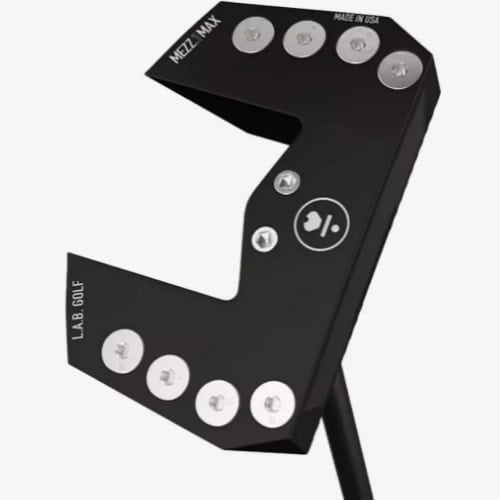
Engineered for stability, the MEZZ.1 MAX combines a high-MOI head with L.A.B.’s signature Lie Angle Balance. It offers exceptional forgiveness and encourages a natural, repeatable stroke with minimal hand interference.
#3 - L.A.B. Golf DF3
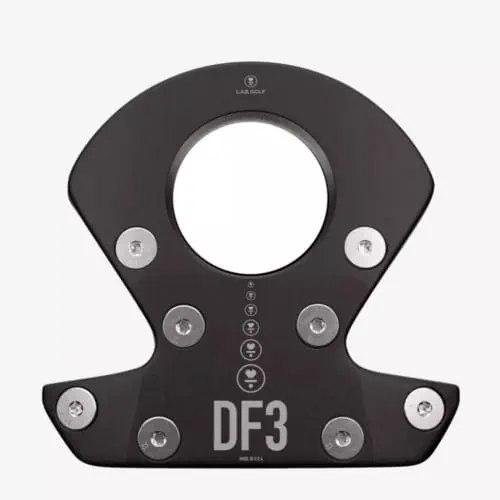
If you want a buttery soft feel without sacrificing performance, this is your stick. The DF3 has a slightly compact head, improved balance and delivers predictable rolls, even on mishits. Just don’t expect it to win on looks.
#4 - L.A.B. Golf OZ.1i
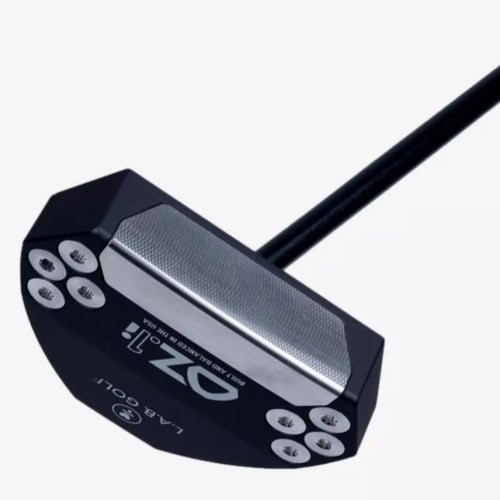
Sharp lines, full adjustability and top-tier materials make the OZ.1i a great putter. It’s ideal for players who want full control over specs while benefiting from the torque-free tech L.A.B. is known for.
#5 - Odyssey Ai-One Square 2 Square #7

A modern spin on a trusted shape. The fang-style design enhances alignment and MOI, giving you more stability on long putts and off-center contact. It’s reliable without feeling bulky.
#6 - Evnroll Zero Z5S

This one delivers instant feedback. The firm face insert and reverse-offset hosel provide a crisp feel that better players will appreciate. Some won’t love the shape, but the performance speaks loudly.
#7 - TaylorMade Spider 5K-ZT
Futuristic looks meet tech-forward design. The Spider 5K-ZT uses milled alignment tracks and advanced sole shaping to keep you square at setup and smooth through the stroke. It is a bold option with substance.
#8 - PXG Allan
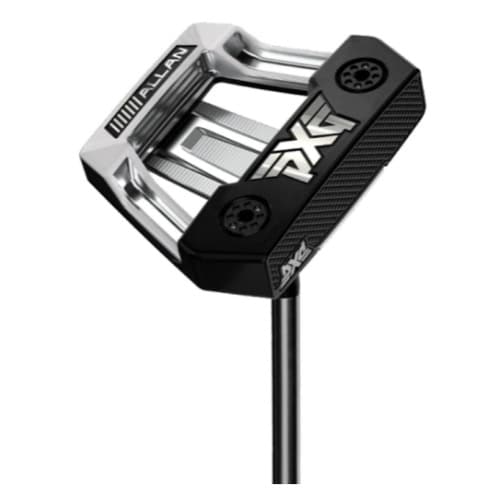
Offering a classic shape with modern guts, the PXG Allan appeals to traditionalists with a familiar silhouette but adds just enough torque-reduction to feel more stable through impact. It’s not flashy, but it gets the job done.
Performance Benefits Backed by Tour and Amateur Feedback
The difference isn’t subtle; it’s measurable. Players switching to zero torque putters are seeing more consistency and fewer three-putts.
Square Face Through Impact
Torque twists the putter head mid-stroke. These designs kill that motion. With the face staying square longer, putts start on line more often. Even a half-degree of improvement can be the difference between lip-out and drop-in.
Confidence from Short Range
When you know the club won’t twist, you commit. Inside six feet, confidence is everything. Users report feeling calmer under pressure and more decisive over fast-breaking putts. Less hesitation means cleaner contact.
Mishit Forgiveness
Every golfer occasionally misses the center. The best zero torque models keep roll and distance steady, even on off-center strikes. Your margin of error grows, without changing anything in your stroke.
Tour Adoption Speaks Volumes
Lucas Glover’s putting revival isn’t a fluke. More pros are bagging zero torque putters and cashing more checks. If elite players trust this tech under pressure, maybe it’s time you tried it too. Amateurs can benefit from the technology even more.
How to Choose the Best Zero Torque Putter for Your Stroke?
It’s not just about the brand. The best zero torque putter for you depends on how you roll the ball. And if you’re just chasing hype, you’re swinging blind.
Match to Stroke Type

Do you swing straight back and through? Or do you have a slight arc? Most zero torque putters cater to straight strokes, but models with different hosels or shaft bends can adapt. The key is to find one that works with your natural motion, not against it.
Lie Angle and Shaft Length
Ignore these two parameters, and you’re wasting your money. Lie angle affects how the putter sits at address. If it’s too flat or upright, you’ll start misreading lines and missing low. Length changes posture, eye alignment and rhythm. Get it wrong, and the tech can’t save you.
Weight and Balance
Heavier heads can help smooth your tempo. Lighter setups give a better feel but demand precision. You should test both, and don’t assume “more weight means more stability.” Your stroke will tell you what feels right.
Soft vs Firm Feel
This one’s personal. Do you like feedback or a muted touch?
Some inserts deliver a buttery roll, while others pop off the face. There’s no right answer; only the one you trust at three feet.
Testing Tips
Try different clubs on real greens if you can. Indoor mats are not as dependable here. Watch for speed control, not just line.
Also, if a putter feels easy to square without thinking, that might be your putter talking.
Frequently Asked Questions
Zero torque putters challenge what most golfers are used to. These quick answers will help you understand what to expect before giving one a real test.
Can zero torque putters help high-handicap golfers?
Absolutely. They simplify the stroke by keeping the face square, even on off-center hits. For golfers struggling with consistency, this can mean fewer three-putts and more confidence inside ten feet.
Do zero-torque putters work with arcing strokes?
They’re designed for straight-back, straight-through strokes, but slight arcs can still benefit. As long as your hands stay passive and your stroke is repeatable, the tech will still help stabilize the face.
Are they legal for tournament play?
Yes. Every major zero torque model meets USGA and R&A standards, making them fully legal in amateur and professional play.
Do they require a different stroke style or grip?
Not at all. You can stick with your current grip and stroke. Many players report that the putter naturally promotes a smoother, more controlled motion without needing to change much.
How long does it take to adjust to a zero-torque design?
Most players adapt within a few practice sessions. At first, the stroke feels different, almost guided. However, once you trust the feel, your stroke becomes more automatic and repeatable.
Can I get a traditional-looking putter with zero torque performance?
Yes. While many models have futuristic designs, options like the PXG Allan or select L.A.B. configurations (most mentioned above) offer a more conventional appearance with modern performance built in.
Is customization necessary or worth it for these models?
It’s highly recommended. Getting the lie angle, shaft length and grip ensures that the putter fits your posture and stroke. It’s the fastest way to unlock the full benefits.
Final Thoughts
If you’re tired of inconsistency on the greens, a zero torque putter could be the upgrade your game needs. These putters are built to reduce face twist, boost alignment and bring calm to high-pressure putts. For anyone with straight strokes or those who want fewer moving parts in their setup, they just make sense.
The switch isn’t instant magic, but most players adjust quickly. You’ll notice the difference where it matters most: inside ten feet, with better aim, better roll and more makes.
The key is simple—try before you buy, whether you’re eyeing a premium tour-level stick or a well-built value model. Feel the balance, watch the roll and trust what your hands tell you.
Because once you find the right zero torque fit, every putt starts to feel like it has a chance.





